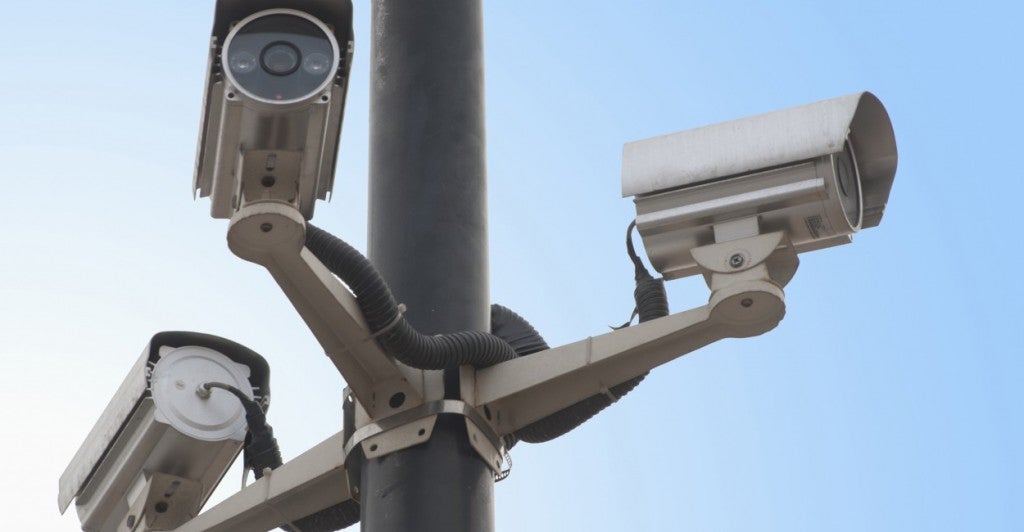SANTA FE, N.M.—A lot of people just don’t like traffic cameras.
Two years ago, a 65-year-old Santa Fe man received the nickname “Speedcam Commando” after he pulled up to a camera set up on Bishop’s Lodge Road, got out of his car clad only in a nightshirt and pulled out a gun, firing five times at the speedcam. He then got back into his vehicle and drove home.
It was all caught on tape:
The “Speedcam Commando” ended up agreed to a plea deal that called for 18 months probation.
Now, two years after the video went viral, the Santa Fe City Council is on the verge of bringing back the speed cameras.
The city’s Public Safety Committee approved a proposal to sign an agreement with Phoenix-based Redflex Traffic Systems to place three unmanned SUVs equipped with cameras at strategic locations to nab speeders. The City Council is expected to vote on the proposal in July.
One council member, Ron Trujillo, says he’s is in favor of bringing back the cameras, which have sat idle for the past five months after the city’s contract with Redflex expired.
“I’ve got people who I represent saying, ‘Councilor, I’ve got people speeding through my neighborhood like it’s a raceway,’ ” Trujillo said. “You put those speed cameras in there and guess what? They call back and say the speeding has gone down dramatically.”
But some Santa Fe residents don’t want the speed cameras back at all.
“Regular traffic enforcement is what works,” retired lawyer Marlene Foster said in a telephone interview. “It’s not really about safety.”
Redflex has made headlines in other locations across the country.
In Chicago, Redflex lost its $100 million contract with the city after allegations surfaced the company bribed local officials. Six Redflex executives were fired. One said the company handed out gifts and favors to communities in 13 states.
“I’m just appalled” that the city of Santa Fe is considering a new contract with Redflex, Foster said. “That’s just astonishing to me.”
Redflex was the only company to bid on the Santa Fe contract.
“It’s unfortunate what happened in Chicago and other cities,” said Trujillo. “I personally think that’s outright wrong what they did, but Redflex says [it has] gotten to the source of what the problem was … I think the[company wants] to be more diligent about what [t is] doing but, in my opinion, this program has worked in this community.”
Trujillo says he has not received any gifts or campaign donations from Redflex.
“They say it’s about safety, but it truly has nothing to do with safety,” Foster said. “I think you can find studies that show it doesn’t help with that. It has to do with revenue collection.”
According to the Santa Fe New Mexican, the city’s SUVs produced $2.3 million since 2009. Half of revenue derived from the citations goes to the state and the other half is divided between Redflex and the city.
Under the proposal before the City Council, the city will net between $8.50 and $18 per ticket issued. Drivers caught speeding on the Redflex cameras receive $100 tickets. The citations are not counted on a driver’s record or insurance.
Other cities in New Mexico have tried and then rejected traffic surveillance cameras.
In Albuquerque, despite calls from Mayor Richard Berry and other city officials to keep red-light cameras, 53 percent voted in 2011 to get rid of them.
In Las Cruces, red-light cameras were deactivated on March 30 after city officials decided not to renew the contract with Redflex. But $2.9 million in fines are still outstanding, and City Manager Robert Garza said drivers who received tickets are still responsible for them.
“Those who were recorded during the program operation still have outstanding citations, and those who received the citations are expected to pay the associated fine or follow the appeal process outlined with their citation,” Garza told the Las Cruces Sun-News.
